
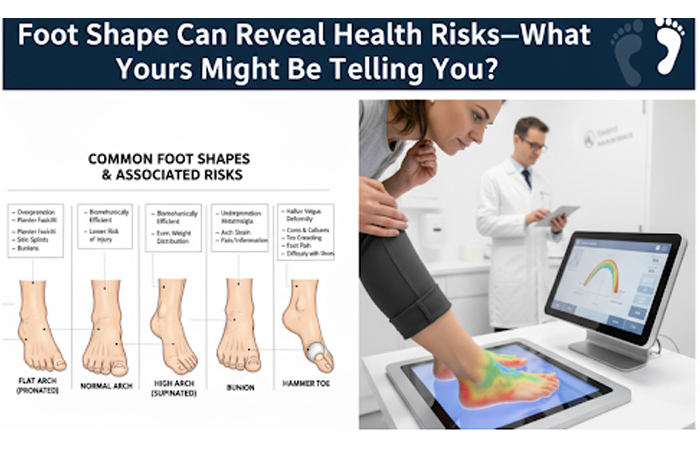
It’s easy to overlook your feet, but their shape and structure can offer powerful clues about overall health—and help predict future risks. In 2025, major advances in clinical podiatry and shoe technology make understanding your own foot shape more relevant than ever. Whether it’s flat feet, high arches, or an unusual toe curve, your feet might be telling you a story about your musculoskeletal health, habits, and vulnerability to common conditions. Here’s how to “read” your feet and what today’s trends mean for smarter prevention and wellness.
For example, both overly flat and highly arched feet can set the stage for chronic problems, while inherited traits or changes over time may signal new health issues.
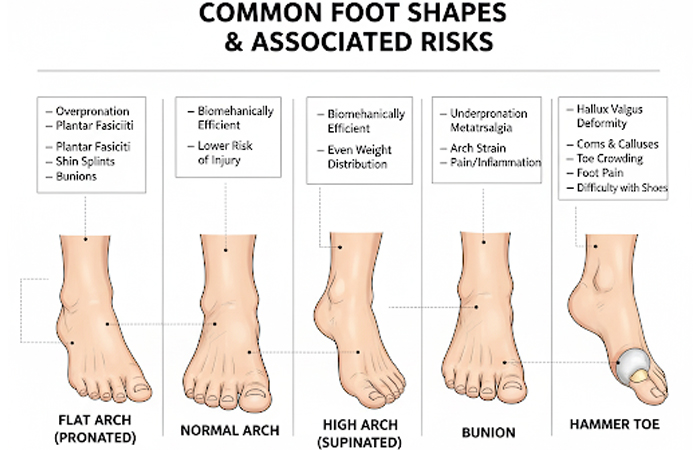
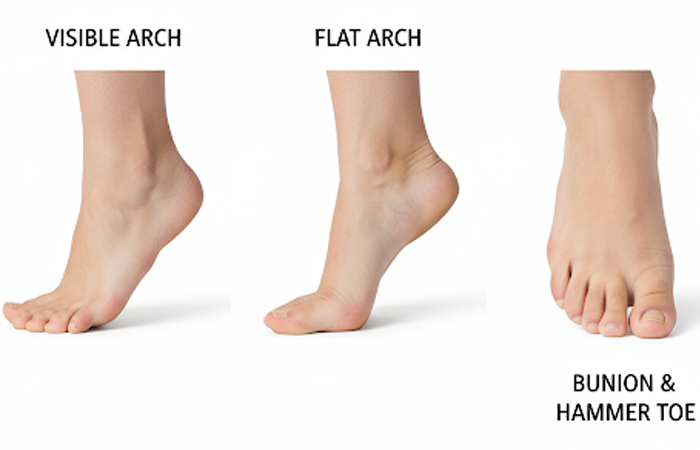
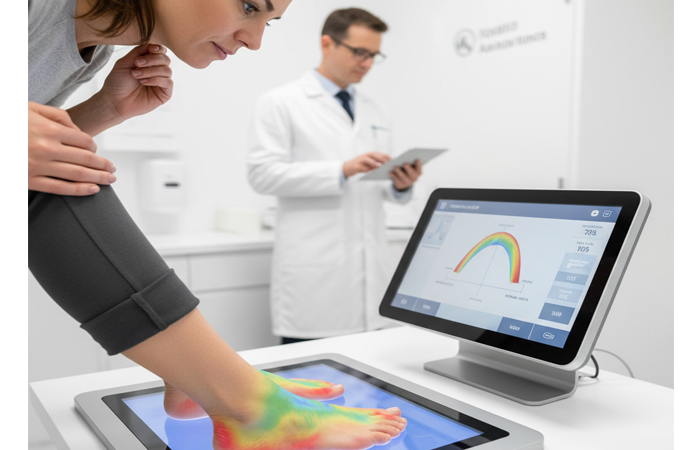
Early intervention can prevent long-term consequences and restore mobility.
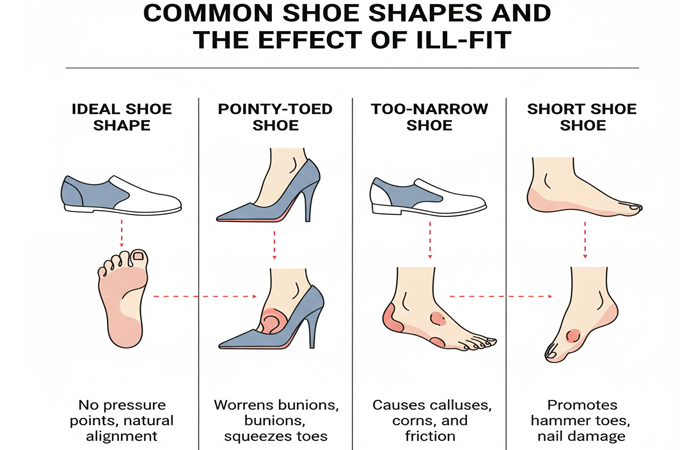
Your foot shape is more than cosmetic; it’s a window into movement, musculoskeletal integrity, and even your risk for disease. By understanding—and acting on—what your own arch, toe, or width signals, you can take steps towards injury prevention, comfortable movement, and long-term wellness. In 2025, the blend of new technology and classic self-awareness forms a dynamic foundation for healthier feet and a healthier life.